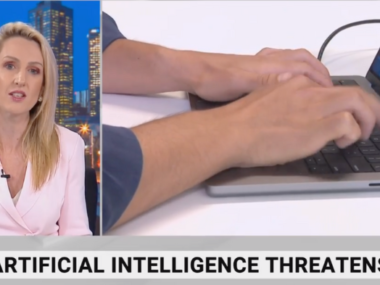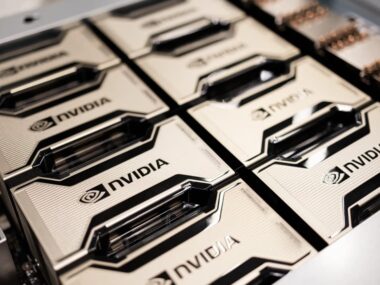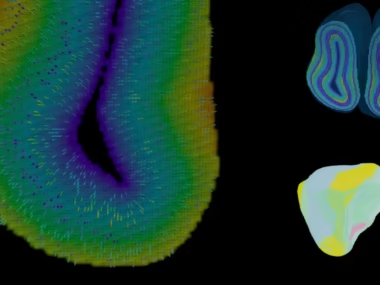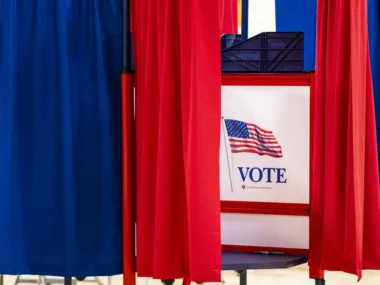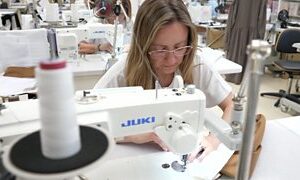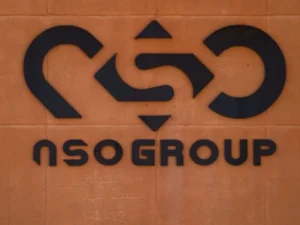According to a report shared exclusively with CNN by the White House, roughly 10% of American workers are employed in occupations facing the highest susceptibility to disruption from rapidly advancing artificial intelligence (AI) technologies.
This report, which represents the most comprehensive analysis conducted by the White House on the influence of AI on the US job market, reveals that individuals with lower levels of education and income are particularly vulnerable to AI-related impacts, potentially exacerbating socioeconomic inequality.
Contained within the Council of Economic Advisers’ annual Economic Report of the President, a dedicated chapter is allocated to AI, outlining recommendations for policymakers in response to its implications.
Jared Bernstein, chair of the White House Council of Economic Advisers, likened addressing AI impacts to public health measures, emphasizing the need to identify and protect the most vulnerable workers.
The report reflects a concerted effort by White House officials to proactively engage with AI’s implications and steer its development in a manner that prioritizes the well-being of workers, highlighting a commitment to avoiding the oversight witnessed with previous technological advancements.
Bernstein mentioned ongoing dialogues with labor unions, particularly in service industries and manufacturing, aimed at preparing for the integration of AI into the workforce.
While experts anticipate that AI will enhance productivity for certain roles, there is also recognition that certain occupations may face obsolescence.
The report acknowledges the dynamic nature of AI’s impact on employment, noting that its consequences may evolve alongside technological advancements, such as the emergence of generative AI capable of performing tasks traditionally reserved for humans, like creative writing and image generation.
One-fifth of the workforce is employed in occupations that are highly exposed to the influence of artificial intelligence.
Economists at the White House conducted an analysis of the impact on workers by identifying 16 work activities highly influenced by artificial intelligence. They then sought to identify occupations where these AI-exposed activities are central to the job. According to the report, approximately 20% of workers hold positions categorized as high-exposure to AI. This finding aligns closely with research conducted by the Pew Research Center, which determined that 19% of American workers in 2022 were in roles most exposed to AI.
The report suggests that individuals in such occupations are most likely to experience AI’s effects, whether positively through complementarity or negatively through substitution or displacement.
To further examine which roles are most susceptible to displacement, researchers categorized jobs based on the difficulty of the tasks involved.
The report notes that labor substitution is simplest and least expensive in situations where tasks are less complex and difficult.
In essence, jobs that involve more complexity tend to be safer from AI-related displacement, whereas those with less complexity are more vulnerable.
Distinguishing between displacing and complementing workers.
The researchers identified that 10% of workers have significant exposure to artificial intelligence (AI) alongside relatively low performance requirements. The report suggests that these workers are engaged in tasks most susceptible to change due to AI advancements. However, the report does not specify particular occupations or industries falling within this category.
It’s emphasized that this finding doesn’t necessarily imply that 10% of workers will inevitably lose their jobs, as the impact on workers is likely to be nuanced. Many jobs consist of a variety of tasks, only some of which can be automated. AI may enable humans to shift their focus to other tasks, thereby altering their roles without necessarily reducing their overall labor participation.
For instance, even if AI enables school buses to operate autonomously in the future, the role of the school bus driver may not be eliminated entirely. Responsibilities such as supervising children, ensuring their safety, and managing their behavior may still require human intervention, thus fundamentally changing the nature of the job rather than eradicating it.
The report draws parallels with the aviation industry, where autopilot systems have coexisted with human pilots for over a century, highlighting that technological advancements don’t necessarily lead to mass displacement of workers.
Jared Bernstein, among the White House economists, stresses the importance of not assuming wholesale job displacement due to AI, noting that history doesn’t support such an assumption regarding technology’s impact on the workplace.
Artificial intelligence (AI) has the potential to exacerbate existing inequalities.
Nevertheless, certain workers face greater exposure to the impacts of artificial intelligence (AI) than others.
According to the White House report, 14% of high school graduates without four-year degrees hold jobs with high AI exposure but relatively low performance requirements. In contrast, only 6% of workers with bachelor’s degrees fall into this higher-risk category.
Furthermore, the report highlights gender disparities, noting that women are more likely to be in positions with high AI exposure and low performance requirements, potentially indicating a heightened risk of displacement for female workers.
Economic status also plays a role, as lower-income workers are disproportionately affected by AI disruption. Nearly 40% of workers in the third decile of earnings have jobs with high AI exposure and low performance requirements. Conversely, high-income earners also face significant AI exposure, but their job roles tend to be more complex.
These findings suggest that AI may act as a skill-biased technology, increasing the demand for highly educated workers in higher-paying occupations. Additionally, AI could exacerbate income inequality by substituting lower-wage employment while complementing higher-wage jobs.
The International Monetary Fund has cautioned that in most scenarios, AI is likely to worsen overall inequality, prompting policymakers to take proactive measures to mitigate potential social tensions arising from these disparities.
However, the White House report emphasizes that it is premature to conclusively assert that AI will exacerbate inequality, noting that this risk can influence policy decisions.
Jared Bernstein of the Biden administration expressed a commitment to implementing policies aimed at reducing the risk of AI displacing workers, emphasizing that societal levels of inequality should not be dictated solely by technological advancements.


